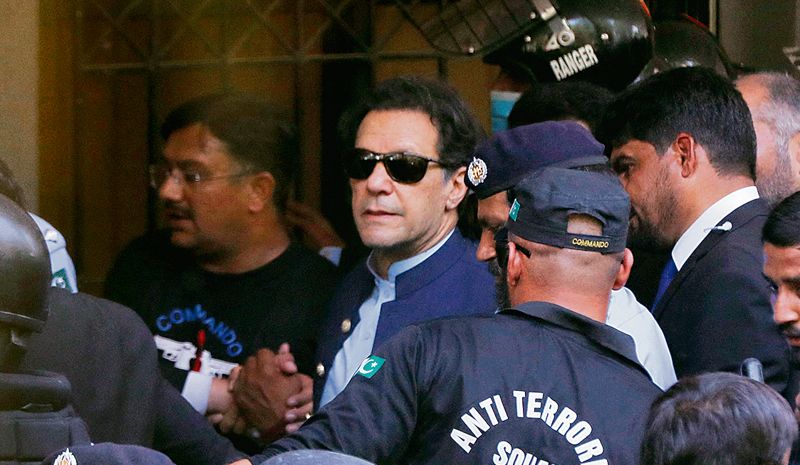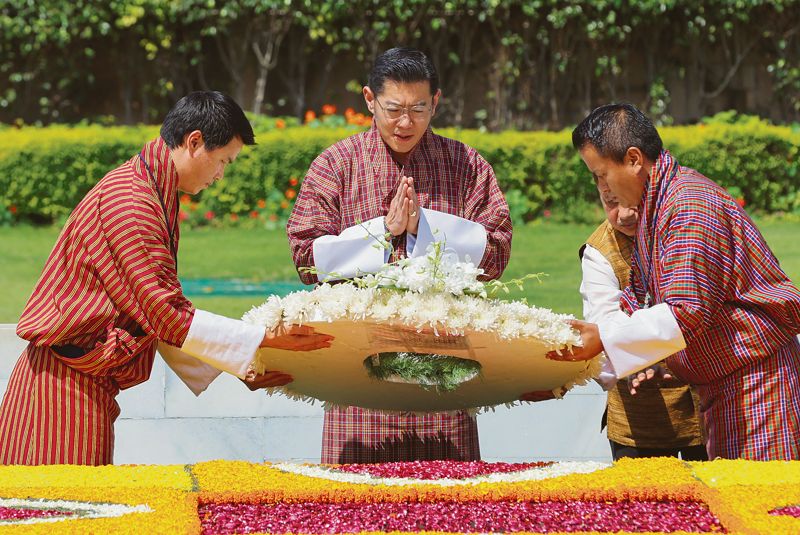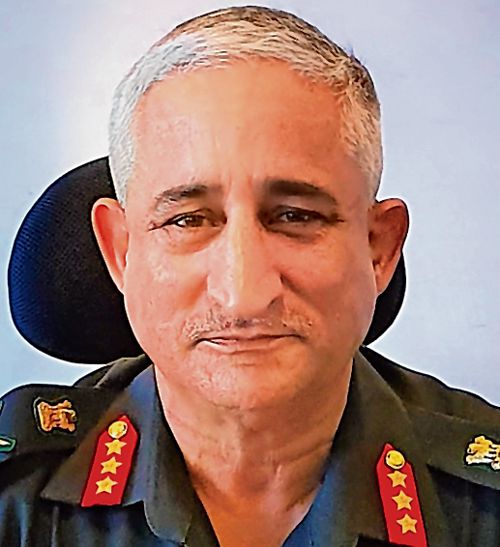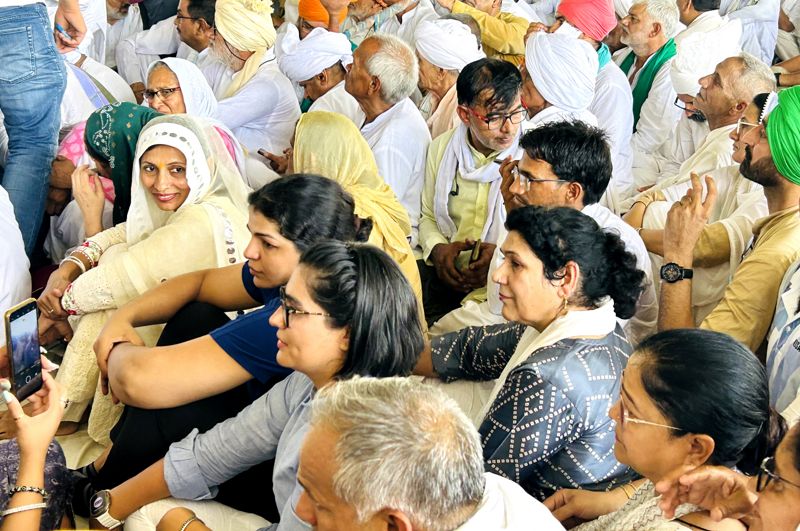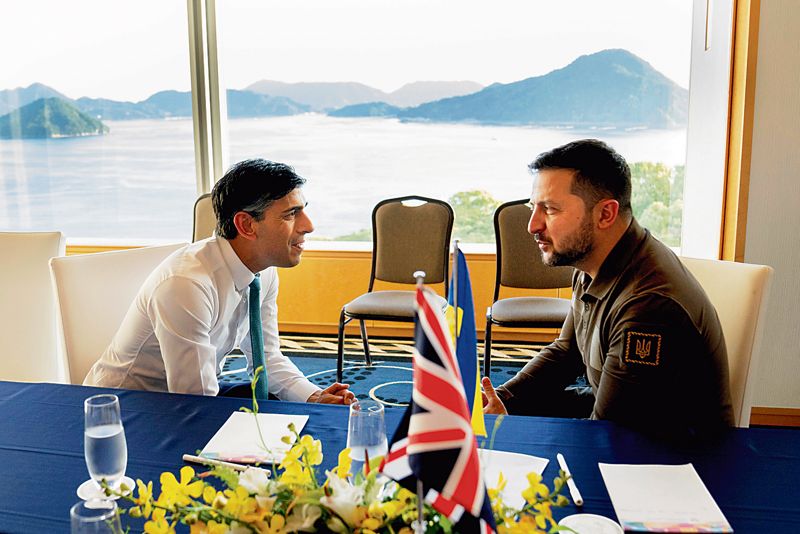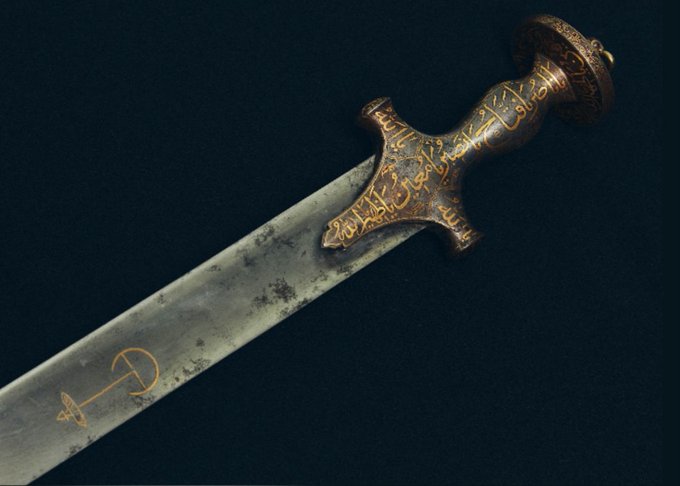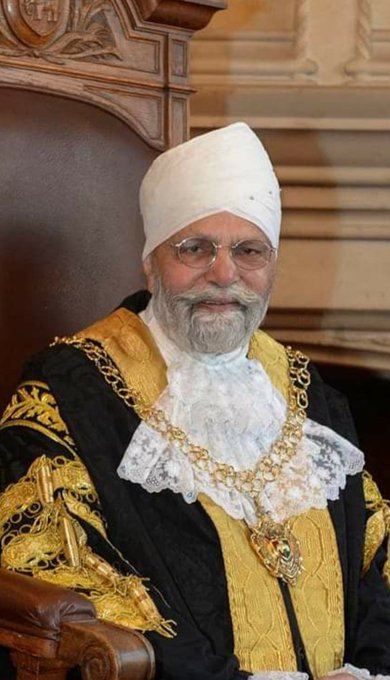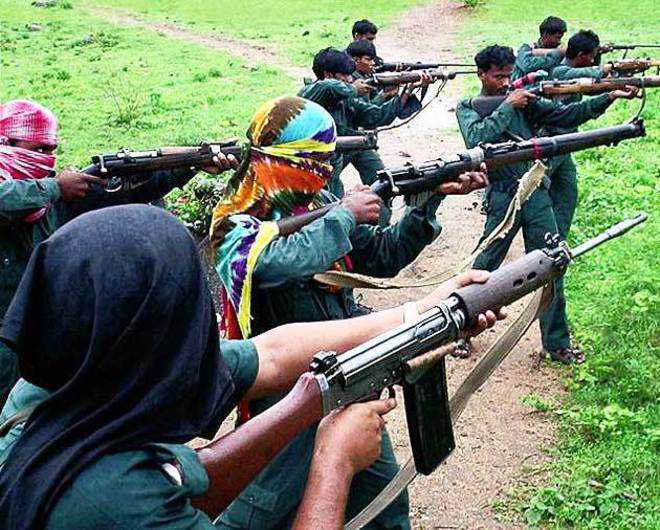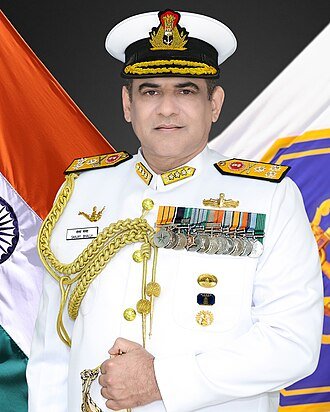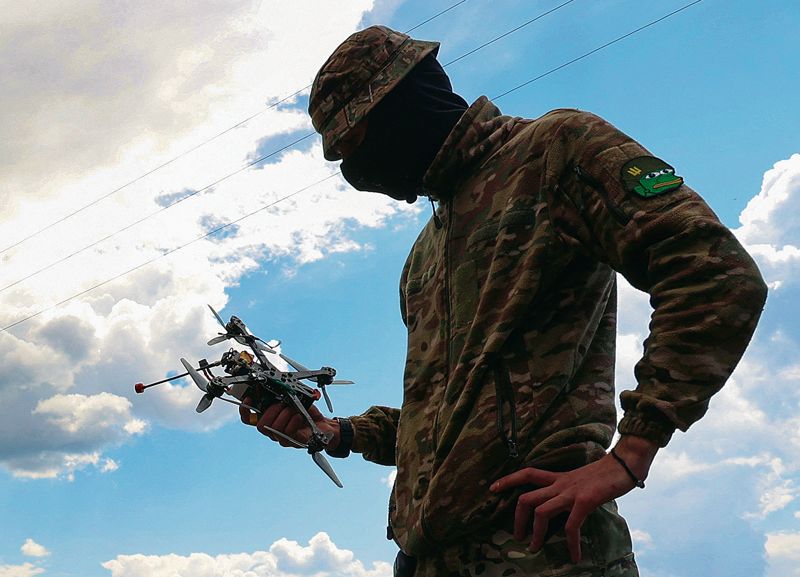
Advertisement

Advertisement
THE ‘Global War on Terrorism’, launched by the US after the 9/11 attacks, has run out of steam following its chaotic withdrawal from Afghanistan in 2021. American priorities regarding terrorism have traditionally centred around its own interests, leading to ambivalence towards entities such as Pakistan-based Lashkar-e-Taiba chief Hafiz Saeed and fugitive underworld don Dawood Ibrahim. Almost 15 years after the Mumbai terror attacks, a US court recently consented to India’s request, submitted through the US government, for the extradition of Pakistani-origin Canadian businessman Tahawwur Rana, who is a 26/11 accused along with Hafiz and others. It was in 2019 that India had declared Hafiz, Dawood and Jaish-e-Mohammed chief Masood Azhar as terrorists under the amended Unlawful Activities (Prevention) Act.
Recent incidents in Syria have strengthened the case of terror-hit nations such as India to undertake remedial action. Late last month, the Turkish intelligence forces claimed to have neutralised ISIS leader Abu al-Hussein al-Husseini al-Qurashi. Earlier, US forces, along with the Syrian Democratic Army in one case and by the Central Command in another, took out two prominent ISIS leaders in northern Syria — Hamza al-Homsi and Ayyd Ahmad al-Jabouri. All three were killed apparently in airstrikes.
Having suffered cross-border terrorism for over three decades, India ought to have an actionable, prioritised ‘terror target’ list. Freedom from terror would be a mandatory prerequisite for the nation to fulfil its economic and strategic aspirations. Accurate intelligence and precision strike capabilities would be the bulwark of any effective aerial counter-terror campaign. It’s also time to look at ‘grey zone’ operations, such as special forces and intelligence-based hard kills. The advent of military jet packs and body suits for paratroopers offers interesting possibilities to augment the surprise element of the special forces. To achieve force multiplication, the integration of the Garud Commando Force and MARCOS (Marine Commandos) with the counter-terror campaign would be well advised.
The April 20 Poonch ambush makes it clear that there will be no let-up in terror attacks. Even as former Pakistan army chief Gen Qamar Javed Bajwa has admitted in an interview that his country’s army is ill-equipped to wage a conventional war against India, a desperate Pakistani establishment could opt for more terror strikes along the LoC.
Air power has been the preferred option — virtually the silver bullet — for nations to deal with international and cross-border terrorism. India’s reluctance to take recourse to this vital element of military firepower against terrorist elements could, perhaps, be on account of the government’s fear of aggravation of the existing conflict. Deniability, therefore, becomes an important aspect of any modern air-launched anti-terror campaign, pushing the case for India to have special forces and UAV capabilities built into the force framework. A parallel strategy would be political and military signalling. The 2019 Balakot airstrikes, executed days after the Pulwama terror attack, were an example of conveying a stern message effectively.Advertisement
Military Operations Other Than War (OOTW) such as PsyOps and cyber warfare are other doctrinally exploitable options to achieve results in a counter-terror campaign. Improvements in hard-kill capabilities of UAVs (both in terms of potency of warheads and secure, unjammable means of guidance), along with improved electronic intelligence-gathering techniques, would weigh in favour of the attacker. Circumstances would dictate whether fighter aircraft, attack helicopter or drone-based neutralisation of terrorist entities is optimal. Besides, these have the advantage of limiting collateral damage, especially in hair-trigger situations.
Advancements in night vision optics and improved stand-off ranges further facilitate the execution of an air war on terror targets. Aggressive and continuous training would be important, too, to form a competent team of combat pilots and support teams specially picked for the role. Needless to say, given the timely decision-making and political will to push for results, punitive airstrikes would be the best option to make a statement against a terror-mongering neighbour. An all-out war may not be a strategically viable option.
Notwithstanding the perception that India would desist from taking strong action against terror elements operating from Pakistan during its current presidency of the G20 and the Shanghai Cooperation Organisation, there is a need to prepare the armed forces for any eventuality. The latest drone attack on Russian President Vladimir Putin’s Moscow palace, regardless of the controversy over who actually carried it out, would bolster the viability of drones to neutralise major targets. Despite limitations in range and effective hardware, the Ukrainians managed to send a strong message to the Russian leadership. Accurate intelligence and more capable drone guidance technologies would enable enhanced anti-terror airstrikes in various parts of the globe.Advertisement
India’s indigenous drone programme needs to deliver expeditiously in this area, more so since cutting-edge technology for such targeting would not be readily available in the international market. We have the wherewithal in terms of indigenous space-based assets to facilitate remote UAV targeting. It is little wonder that even the proposed sixth-generation US Next Generation Air Dominance platforms would have integral drones, indicating the inevitable shift towards unmanned aerial warfare.









